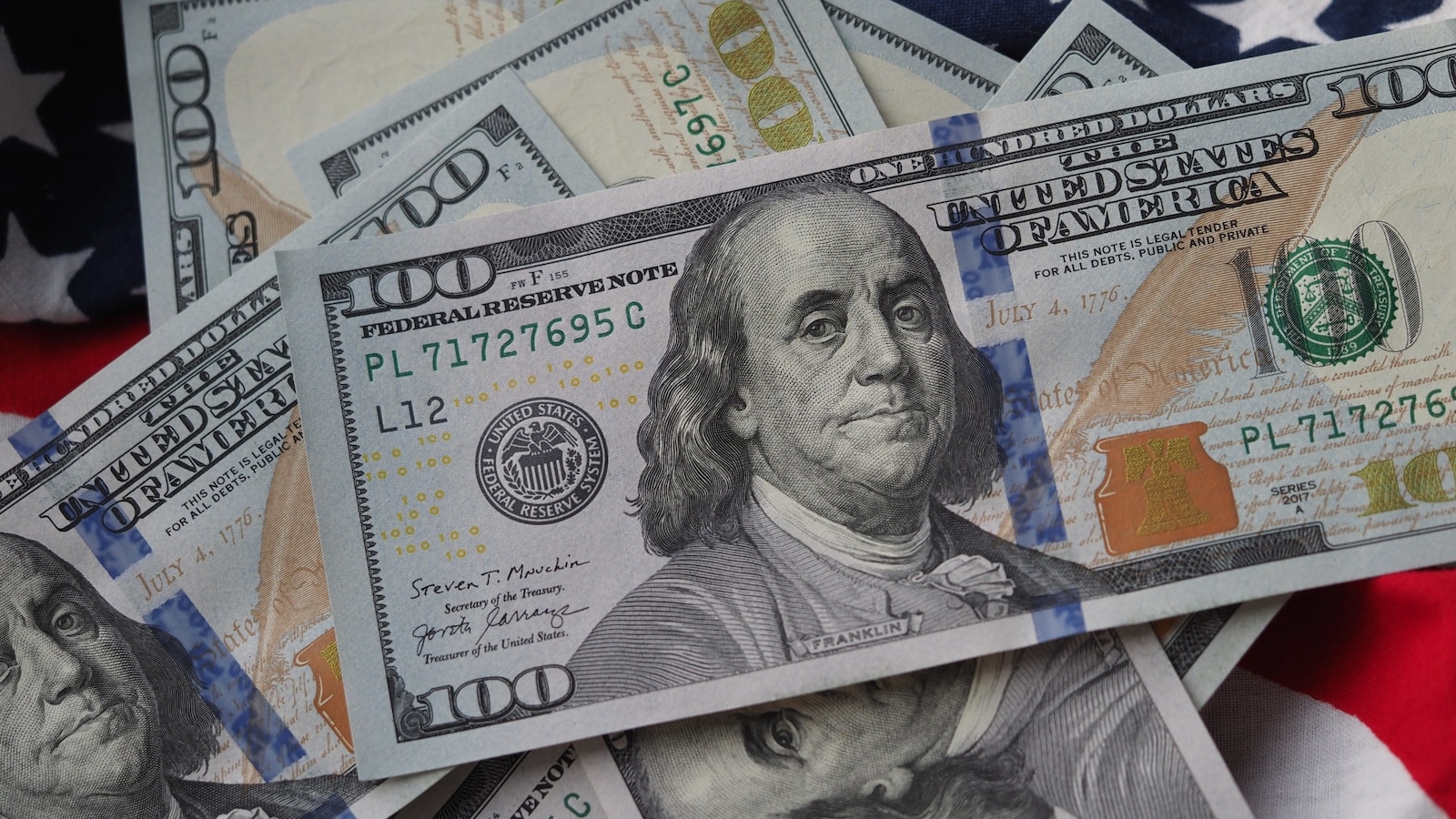The U.S. dollar is perhaps the most recognized in the world, accepted nearly everywhere and viewed as one of the most reliable, stable currencies of any nation. Which is why, at a time when consumers swipe or tap a card to pay for most anything, the U.S. Secret Service reported that they seized nearly 22 million dollars in counterfeit cash last year.
Counterfeiting is a crime that has existed for millennia, but it really came to the fore in the U.S. during the Civil War, when both the Union and Confederate governments, in an attempt to subvert the other, counterfeited each other’s currency. By the war’s end, nearly one-third of all currency circulating the U.S. was counterfeit, undermining a recovering economy where physical currency was what most used to do business.

In this illustration, Secret Service officers descend upon a den of coin counterfeiters.
Bettmann Archive
The U.S. Secret Service was born out of the need to thwart that rampant counterfeiting and restore the population’s trust in the nation’s financial system. That task has become more challenging with the advent of cybercurrencies like Bitcoin, digital currencies, peer-to-peer payment methods like PayPal and Venmo, and more. Criminals and crimes adapt to the times, and, as much as payment methods have increased, so too have the ways to defraud consumers. Cryptocurrency-related crimes grew over 53% in 2023, according the FBI’s Internet Crime Report, from $2.57 billion in losses in 2022 to $3.94 billion last year.
Further, a February 2023 Deloitte poll found that, during the previous 12 months, “34.5% of polled executives report that their organizations’ accounting and financial data was targeted by cyber adversaries,” with nearly a third of those organizations attacked more than once during the survey period.
Just one such attack can cripple a business and shut down economic activity, which is why governments around the world have prioritized stopping them. Yet as financial cybercrimes have taken the spotlight, counterfeiting of U.S. currency has quietly experienced a resurgence. As the Secret Service says, “The threat of counterfeit U.S. currency to the financial system of the United States continues to evolve. Advances in technology, the availability of scanning and printing devices and the adoption of the U.S. dollar by nations as their legal tender have exacerbated the global threat.”
Before computers, currency counterfeiters created physical printing plates to simulate U.S. currency, and printed their counterfeit currency on different types of paper. Digital scanners and printers have further enabled counterfeiters, but the biggest challenges for most counterfeiters are the security features in U.S. currency, which are difficult to replicate.
Yet it still happens. In May 2012, the Canadian police seized $1 million worth of fake U.S. $20 bills and arrested four suspects. When asked why they did it, the main counterfeiting suspect stated that it was because U.S currency was the most widely accepted worldwide.

Redesigned $100 notes lay in stacks at the Bureau of Engraving and Printing on May 20, 2013 in Washington, DC.
Mark Wilson/Getty Images, FILE
Indeed, over half of genuine U.S. currency is in circulation overseas. Cash, especially genuine U.S. currency, is the preferred payment method in many corners of the world for law-abiding individuals who either can’t or don’t want to use electronic payment systems. When counterfeit currency is introduced in these places, it can significantly undermine the local economy and damage trust.
In 2020, the U.S. Secret Service confiscated more than half a billion dollars in counterfeit money. Since then, seizures have steadily declined due in part to the consistent redesigns of U.S. currency to make it more counterfeit resistant.
As attempts to thwart counterfeiting have continued, “funny money” has taken on new forms, including the use of “prop money” – that is, fake money made for use as on-camera props in films or television. As a result, and despite non-criminal intentions, Hollywood is apparently home to one of the largest stashes of counterfeit currency.
All of which is why an estimated $70 million to $200 million in counterfeit bills are in circulation at any given time, according to the United States Department of Treasury. As recently as June of 2023, Philadelphia Customs and Border Protection officers, working with the U.S. Secret Service, seized nearly $15 million in counterfeit currency from several multi-million-dollar counterfeit smuggling attempts.
Even while the world’s monetary transactions are going more electronic, the continued popularity of counterfeiting demonstrates that in many corners of the world, cash is still king.
Donald J. Mihalek is an ABC News contributor, retired senior Secret Service agent and regional field training instructor who served during two presidential transitions. He was also a police officer and served in the U.S. Coast Guard.

